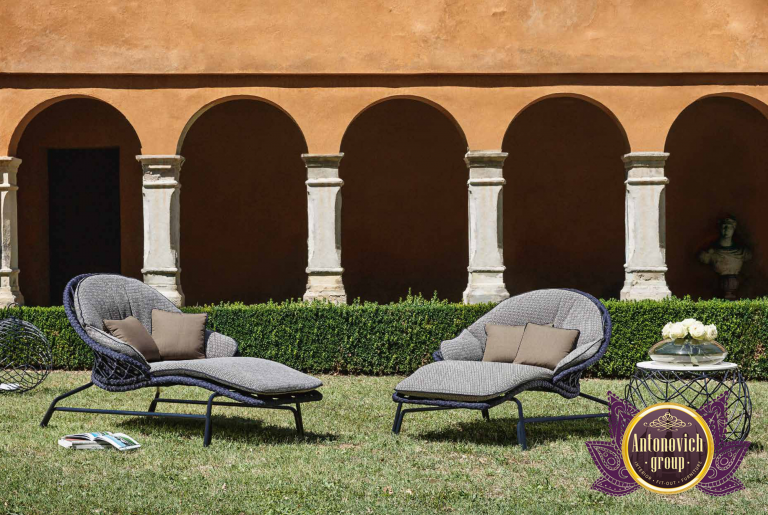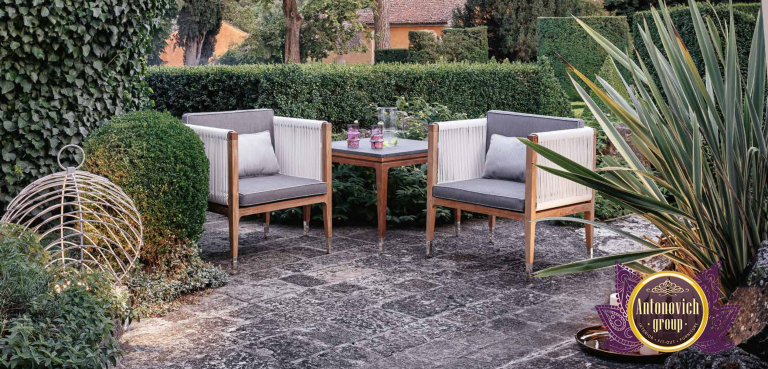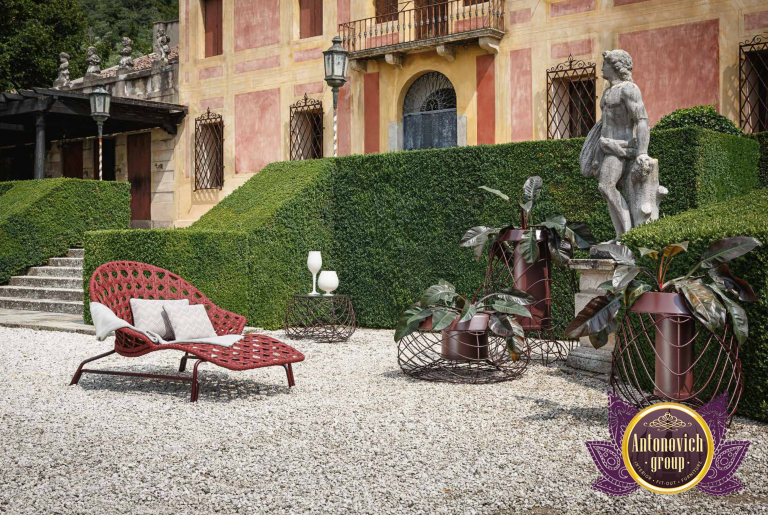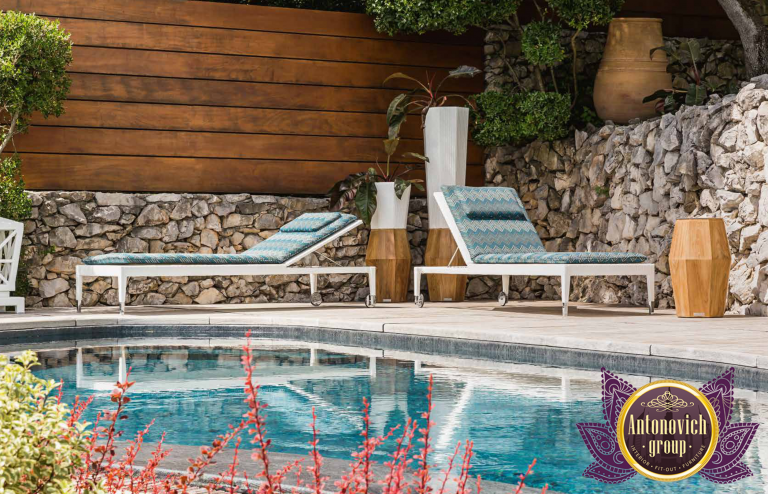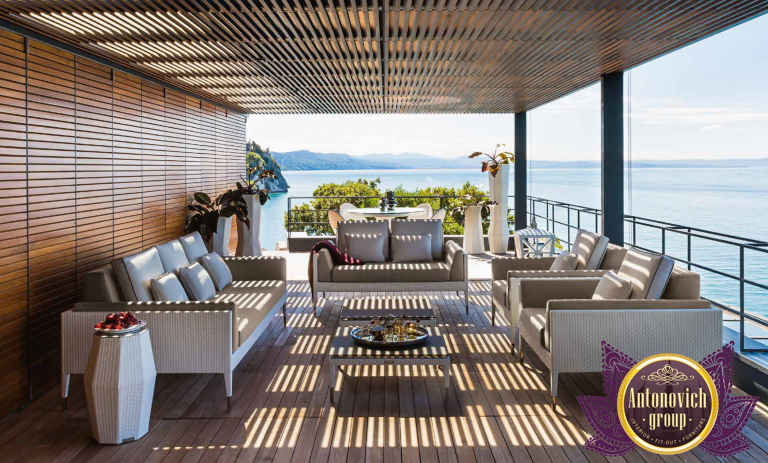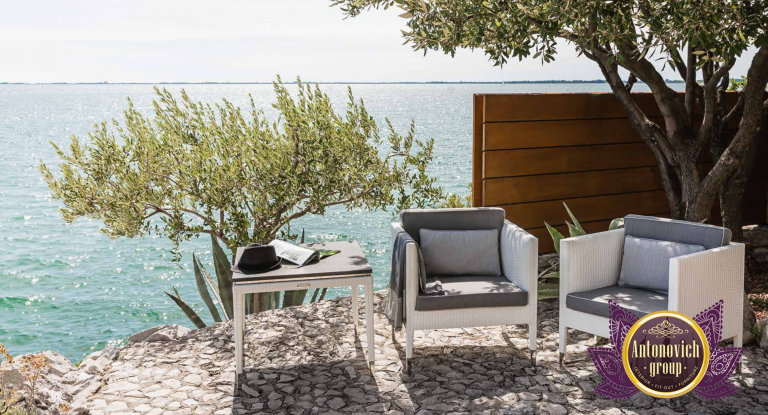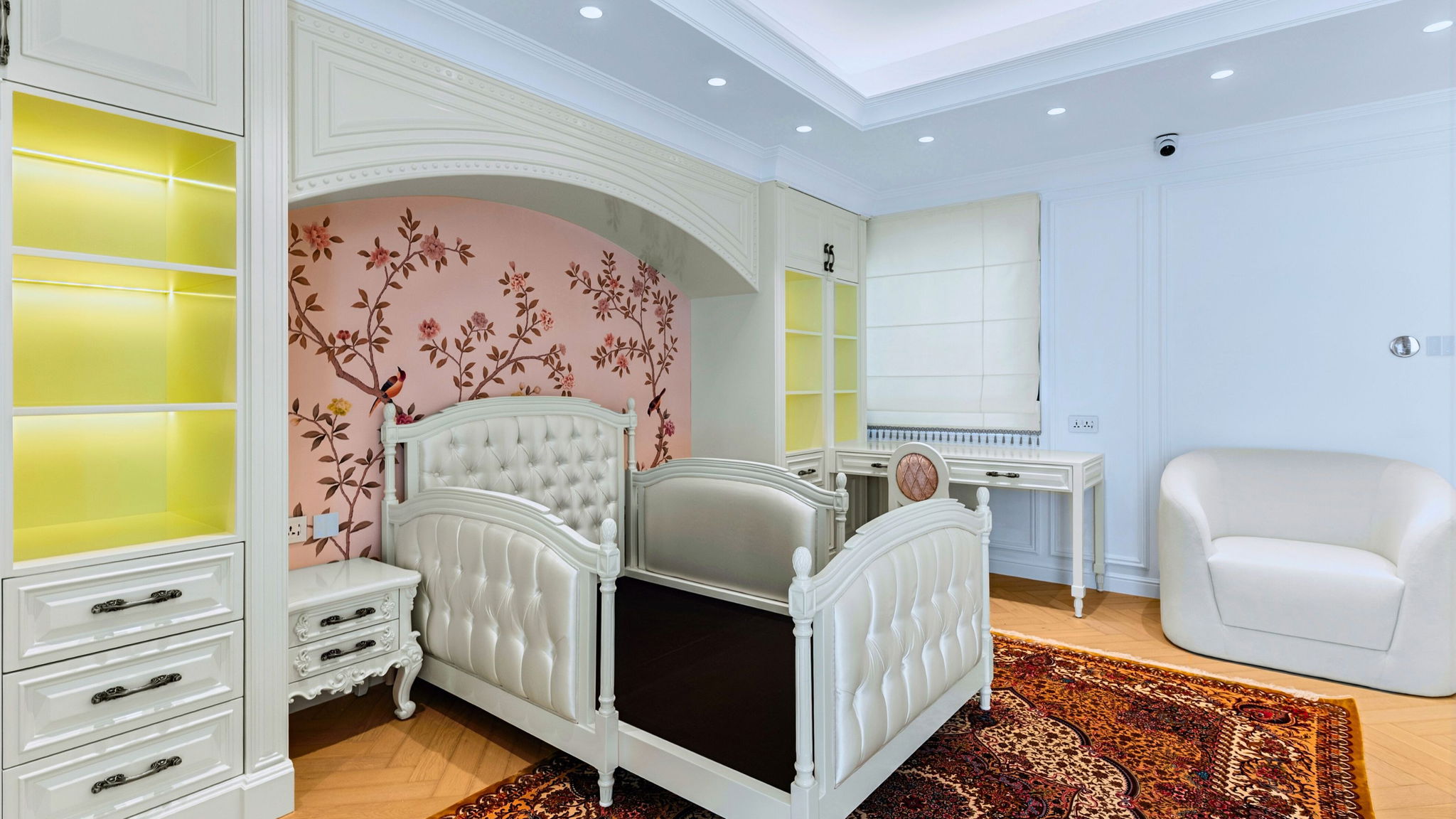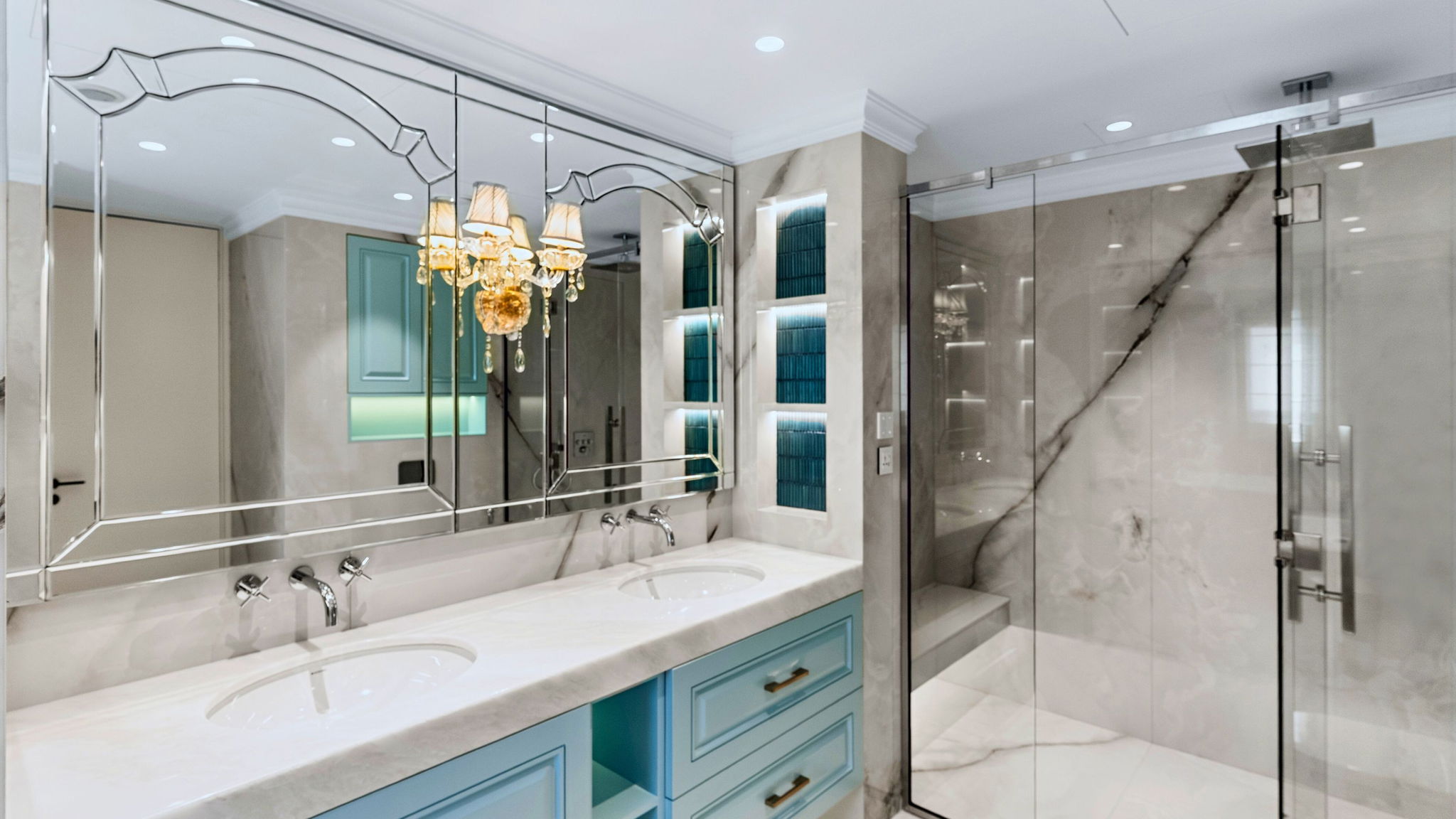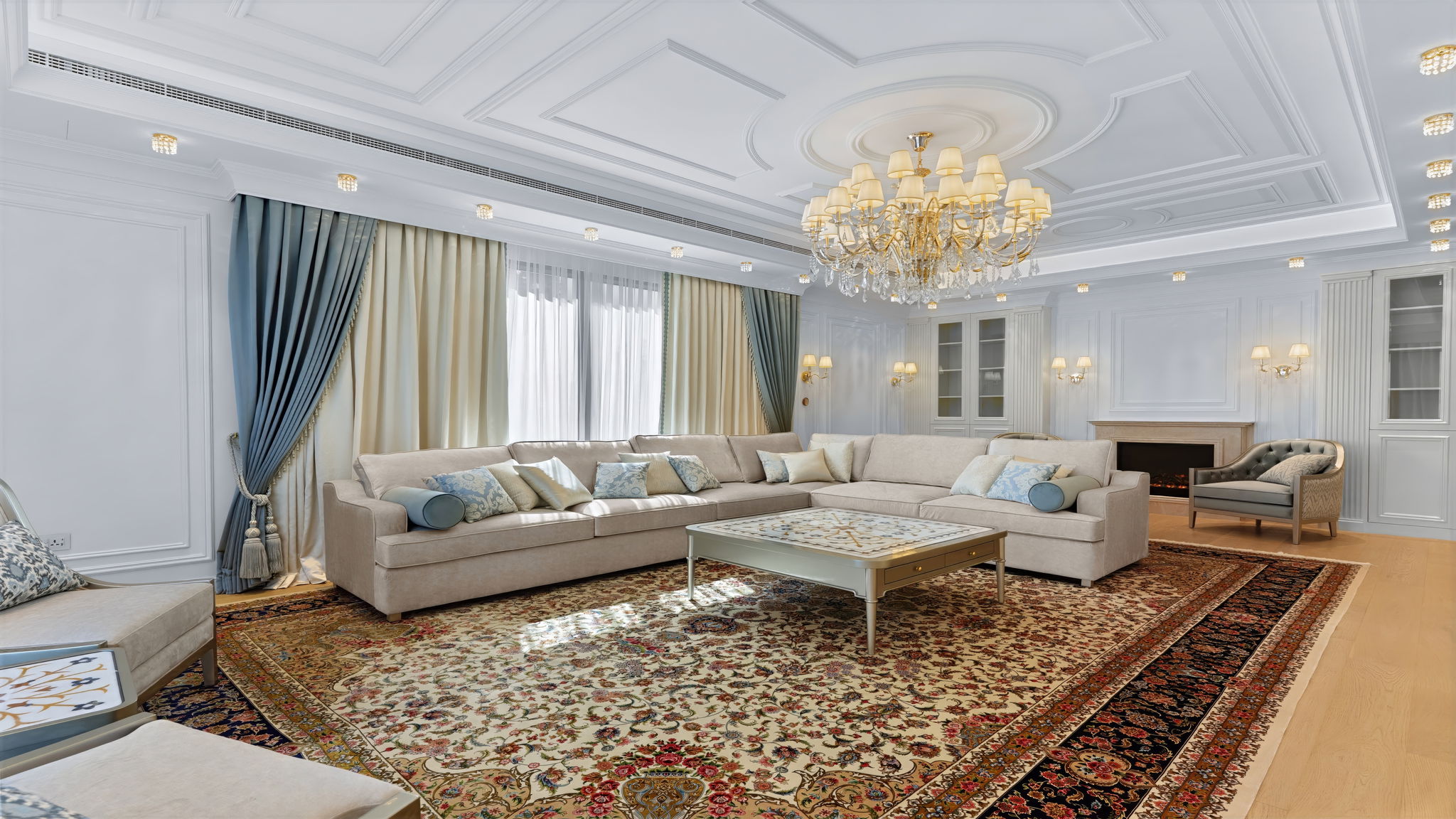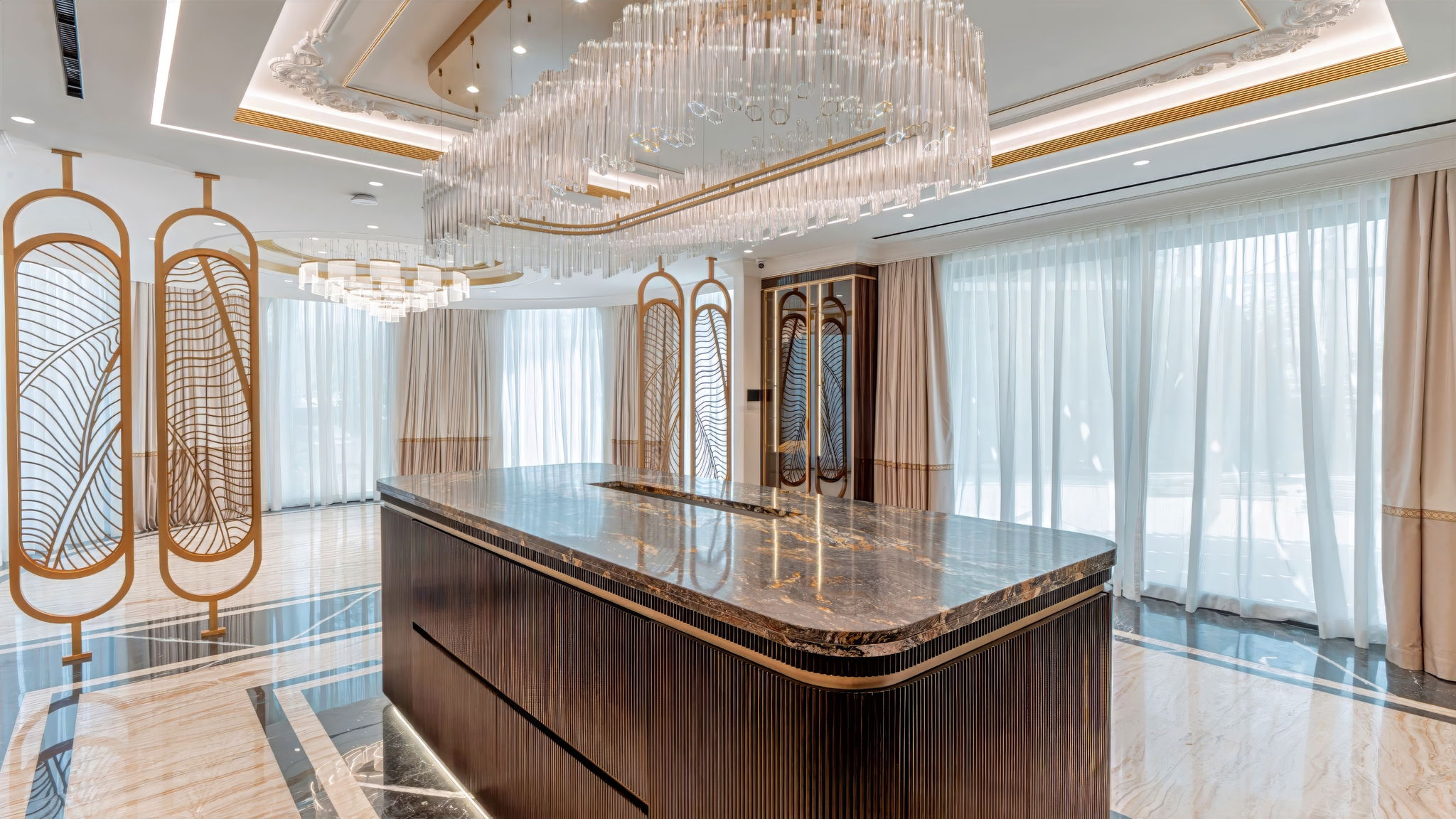OUTDOOR FURNITURE FOR DUBAI HOMES
Naturally, we are drawn to patios, decks, and other outside areas, especially when the weather warms up. They also increase the living area in your house and provide a setting for enjoyment and relaxation when they are tastefully furnished. Consider a cohesive aesthetic — such as modern French interiors. Hence, in addition to the fundamentals like price and size, it's vital to take a number of things into account while looking for outdoor furniture Dubai. These elements include usefulness, comfort, and materials. While purchasing outdoor furniture is comparable to purchasing indoor furniture, there are some extra factors to take into account because of the outside setting.
Do you live near the shore or in a hot, dry climate? Is there a lot of rain? Does your outdoor area get direct noon sun? When choosing outdoor furniture, it's crucial to consider the answers to these questions since, regardless of climate, outside exposure is tough on all furniture. Wood can splinter and split in hot, dry weather, while regular dampness can encourage decay. Aluminum furniture may be blown into the air by strong winds, whereas iron is resistant to the wind but not to saline air. Perhaps the worst of all is the sun. Paint becomes drab and discolored, textiles and wood get bleached, and plastic and other synthetic materials typically deteriorate. For broader Dubai home upgrades, consider a bespoke bathroom renovation.
Be honest about the material's intrinsic qualities while choosing furniture to ensure longevity. Contrary to what the product's producer may state, plastic and rubber are always susceptible to UV deterioration whereas metal is typically unaffected by sunshine. High altitudes make this doubly true. Similar to how wood furniture may have a high-quality, factory-applied, weather-resistant finish, over time that finish will wear off and degrade, leaving you with the choice of refinishing the wood or buying new furniture. Consider the furniture's appearance in five, ten, and twenty years. For guidance on premium choices, review top materials for bedrooms.
Think about the size and shape of your room. Is it a large, open deck or a long, narrow balcony? The size of your outdoor furniture and the possible groups it will accept should be determined by the area and layout of your outside space, just as when outfitting a living or family room. The most essential thing is to provide room around your furniture so that you may easily move about. Use the same guidelines for traffic flow as you would inside. See modern house designs for layout ideas.
Due to the thinner design of bar tables and the fact that stools take up less space than chairs, they may be more suitable for compact spaces than traditional dining sets. While they have a lower profile, you might also look at cafe or bistro tables and chairs.
Do a quick sketch of the area, measure it, and note its proportions on the drawing before you leave to go furniture shopping. You should take the sketch and a tape measure to the retailer. It's too simple to choose furniture that is either too tiny or, most likely, too huge for your area unless you have exceptional spatial abilities. Before you head out, check nearby luxury furniture stores to compare styles and availability.
Does your patio or outdoor area have any overhead protection, or is it open to the elements? Will your furniture be placed on grass and soft ground, or on a hard surface like a patio or a wooden deck? This aids in your selection of materials that complement your surrounds and environment well. For instance, avoid setting up soft woods like pine in an open region with grass as a surface. The wood may deteriorate as a result of ground moisture. Certain metals can rust as a result of moisture. Apply the same approach when planning a bedroom interior for apartment.



